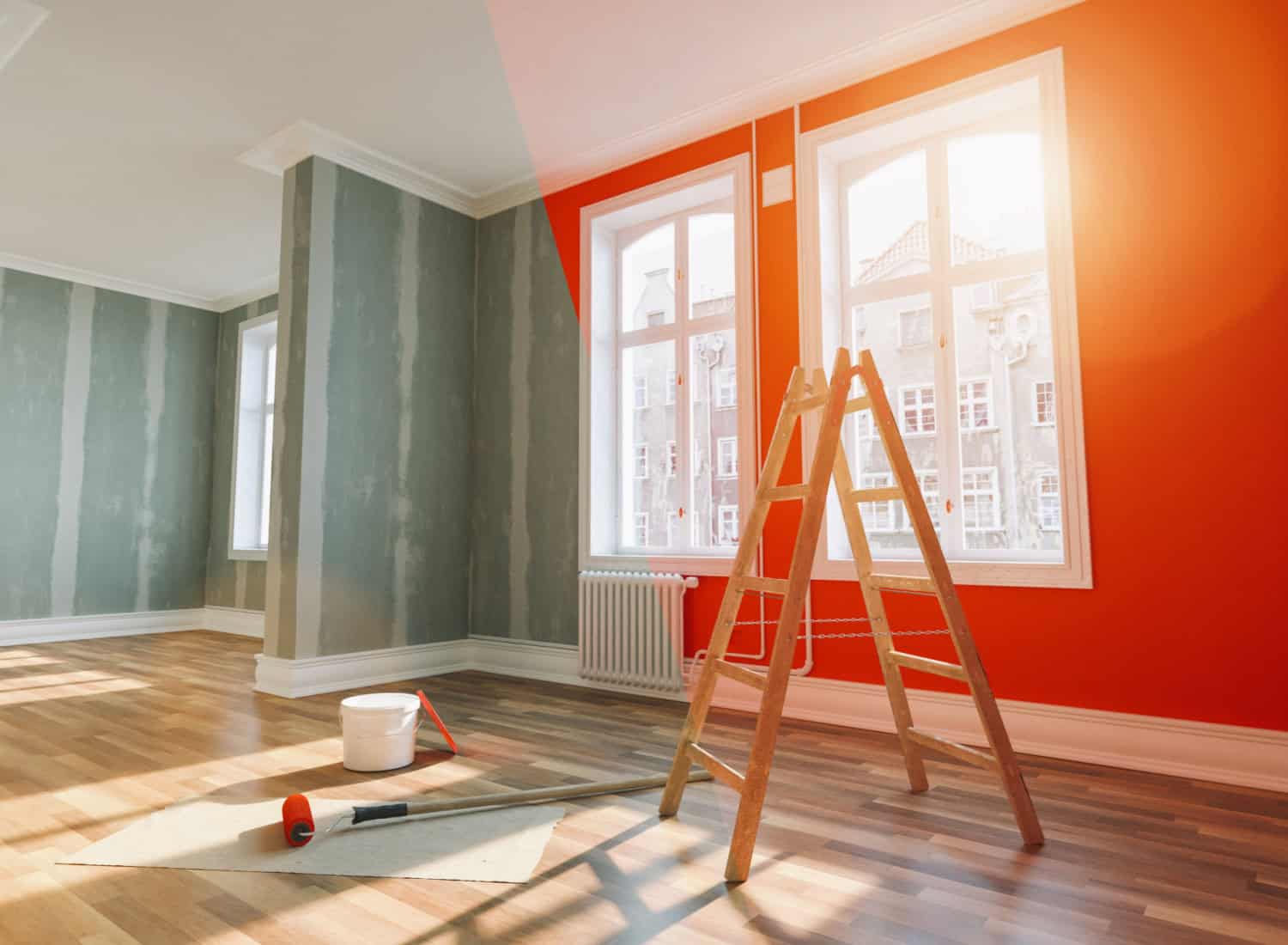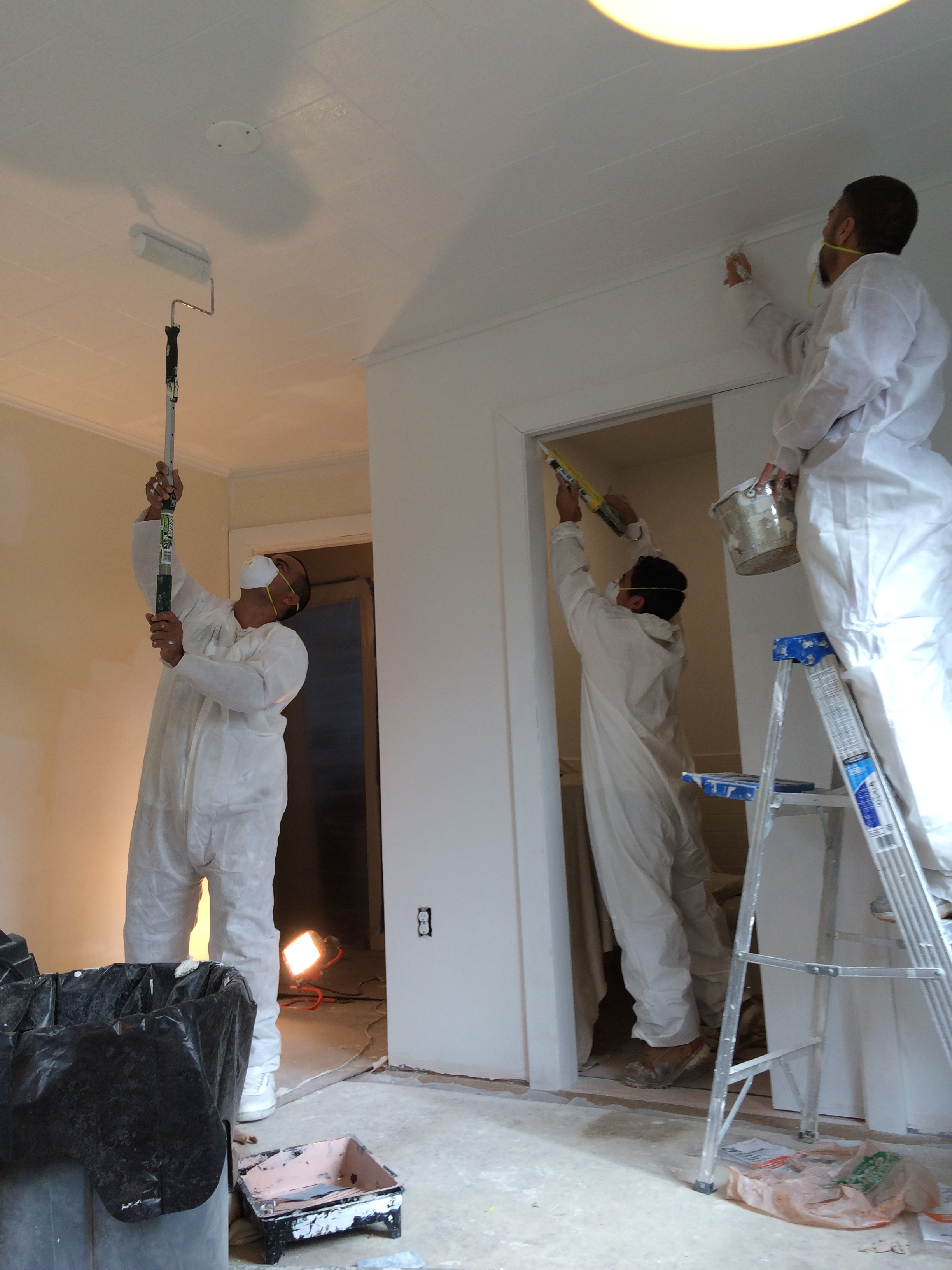Enhance Your Interior Layout With Comprehensive Color Assessment
The combination of color assessment into interior design provides an unique possibility to refine and boost the emotional and aesthetic resonance of a room. By engaging with a skilled shade specialist, you can navigate the complexities of shade option, making certain that your choices not only complement architectural attributes however likewise resonate with personal design and emotional influence.
Benefits of Shade Consultation

In addition, shade examination help in taking full advantage of natural light and enhancing spatial assumption. Lighter hues can make an area appear even more expansive, while darker tones create an intimate setting. Cleveland Metro Painting Specialists. This strategic application of shade can dramatically influence the overall ambiance of any type of interior room
Furthermore, expert specialists have an extensive understanding of classic standards and current patterns, making sure that the picked shades will remain enticing in time. This foresight can conserve clients from pricey redesigns in the future. Finally, color consultation encourages customers by providing them with a clear vision and instructions, promoting confidence in their style choices and inevitably leading to a more effective and enjoyable interior decoration end result.
Recognizing Color Psychology
The relevance of shade psychology in interior design can not be overstated, as it explores the psychological and psychological impacts that numerous tones can stimulate in people. Shades can affect mood, behavior, and even performance, making them a crucial factor to consider in any type of style project.
For example, cozy colors such as red, orange, and yellow are usually connected with power and warmth. They can stimulate feelings of excitement and comfort, making them ideal for social rooms like living cooking areas or spaces. Alternatively, trendy colors like blue, green, and purple tend to evoke calmness and serenity, making them optimal for bedrooms or meditation locations.
Furthermore, making use of neutral tones can produce a balanced environment by permitting the bolder shades to attract attention without frustrating the senses. Comprehending these emotional influences enables designers to develop spaces that not just look cosmetically pleasing yet also promote emotional well-being.
Including shade psychology right into interior decoration entails a thoughtful option of hues customized to the designated function of each space, ultimately enhancing the overall experience for its occupants. This recognition is vital for accomplishing a harmonious and practical indoor setting.
The Color Wheel Clarified
It consists of primary colors-- red, blue, and yellow-- that can not be produced by mixing other colors. Tertiary colors result from blending a primary and a second shade, leading to hues such as blue-green and red-orange.
The color wheel helps developers understand the connections between shades, including complementary, analogous, and triadic systems. Corresponding shades, positioned contrary each other on the wheel, develop vivid contrasts that can energize a space. Similar shades, located beside each other, offer a harmonious this contact form and natural appearance. Triadic systems make use of three equally spaced shades, providing equilibrium and aesthetic rate of interest.
Utilizing the color wheel in indoor layout not just boosts visual charm but additionally evokes specific feelings and atmospheres, making it an important recommendation for color consultation. Understanding these relationships eventually empowers designers to develop areas that are both aesthetically exciting and useful.
Selecting the Right Combination
An appropriate color scheme can merge an area, improve its attributes, and stimulate preferred feelings. Various spaces serve different functions and need schemes that reflect their intended usage; for instance, peaceful colors such as soft blues or eco-friendlies function well in rooms, advertising relaxation.
Light can drastically change exactly how colors appear, so it is vital to analyze the room at various times of the day. A harmonious combination must match these functions, creating a cohesive look throughout the space.
When picking colors, utilize the 60-30-10 guideline, which recommends that 60% of the area should be a dominant color, 30% an additional color, and 10% an accent color. This ratio ensures balance and visual rate of interest (Cleveland Metro Painting Specialists). Lastly, example colors on the walls before dedicating, as this permits you to see how the tones engage with one another and the total ambiance they develop in your interior decoration task.
Collaborating With a Color Specialist

When dealing with a color professional, the procedure generally starts with a preliminary examination. During this meeting, you'll discuss your vision, preferences, and the existing aspects in your area. The consultant will certainly assess your needs and may advise certain shade schemes that straighten with your goals.
After developing a direction, the professional will offer examples and aesthetic help to help you picture the recommended shade plans. This action is crucial, as colors can appear differently under varying illumination problems.
Furthermore, a shade professional can lead you in picking complementary home furnishings, artwork, and accessories to integrate with your selected scheme. By you can try these out teaming up closely, you can accomplish a polished aesthetic that raises your interiors and creates a welcoming ambience. Inevitably, the proficiency of a shade consultant can dramatically boost the general influence of your layout project.
Conclusion
In recap, extensive shade consultation serves as a vital tool for enhancing interior design. By leveraging specialist knowledge of shade psychology and spatial dynamics, a customized color palette can be developed to evoke particular feelings and create an unified setting.
By involving with a seasoned shade professional, you can navigate the intricacies of color option, guaranteeing that your choices not just complement building features yet additionally resonate with individual style and mental influence. It comprises key colors-- red, blue, and yellow-- that can not be produced by mixing various other shades.The color wheel aids developers understand the connections between colors, including corresponding, analogous, and triadic systems.When selecting shades, utilize the 60-30-10 policy, which suggests that 60% of the space must be a dominant shade, 30% a second color, and 10% an accent color. By leveraging specialist expertise of shade psychology and spatial dynamics, a customized color scheme can be established to stimulate details emotions and create an unified environment.